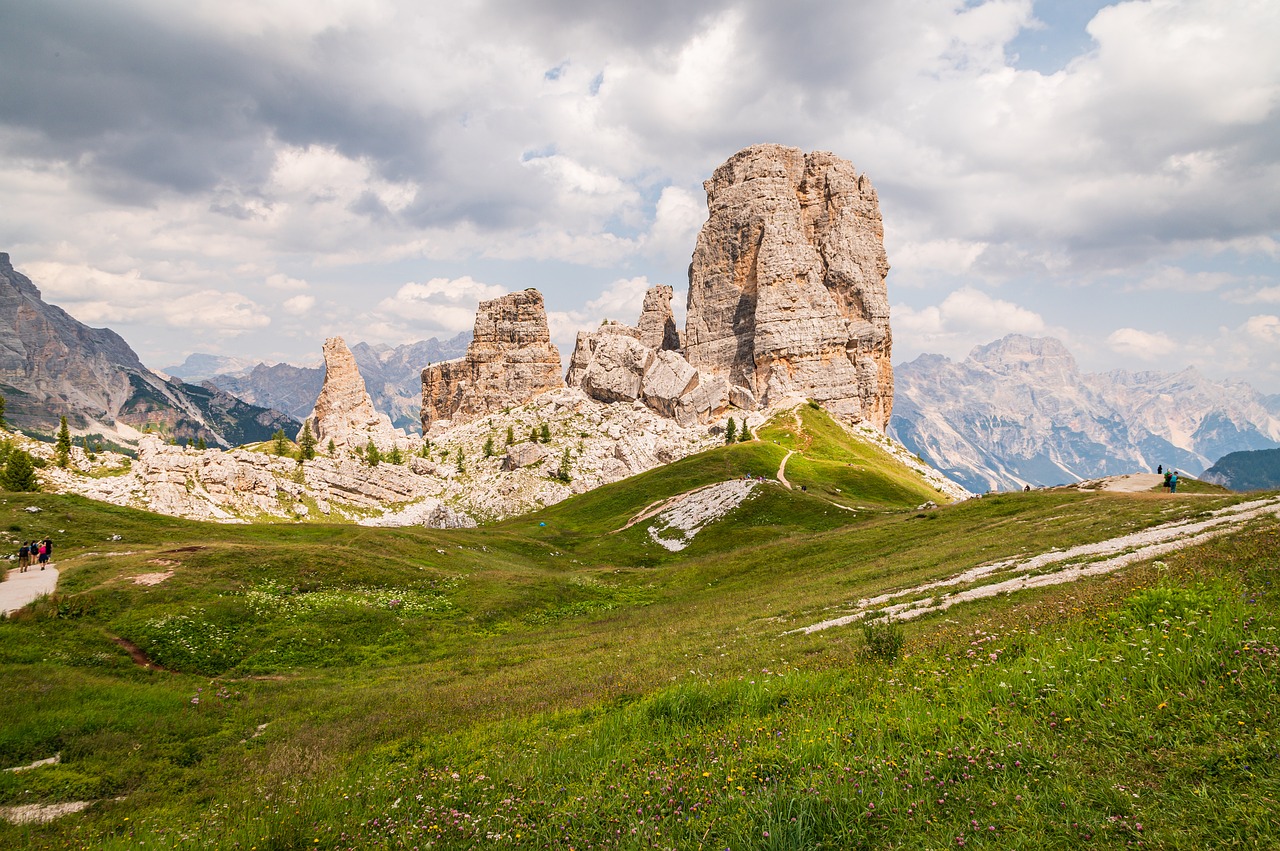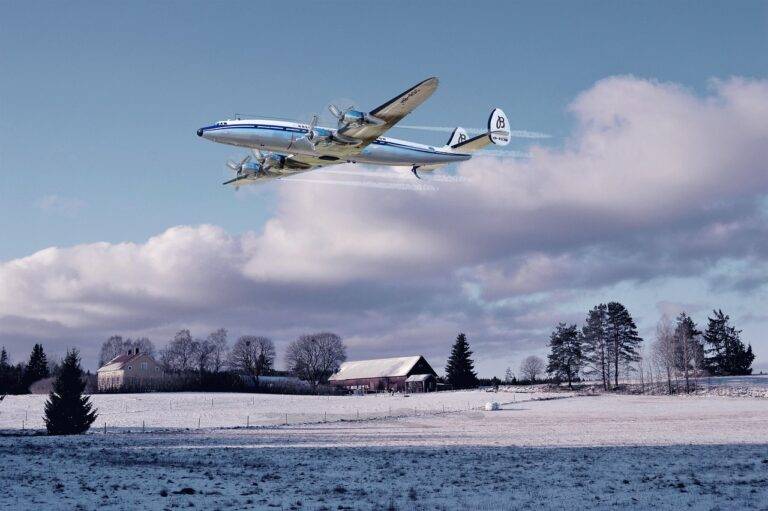The Art of Responsible Wildlife Photography: Ethical Guidelines for Capturing Animals in Their Habitats
When photographing wildlife, it is essential to prioritize the well-being and safety of the animals above all else. This means maintaining a respectful distance and refraining from disrupting their natural behavior. Approaching wildlife too closely can cause stress and anxiety, impacting their ability to feed, rest, or care for their young. Therefore, it is crucial for photographers to practice patience and to always prioritize the welfare of the animal subjects.
Additionally, invasive photography techniques, such as using flash in low-light conditions or baiting animals for a photo opportunity, should be avoided. These practices can have negative effects on the animals and their environment. It is important for wildlife photographers to uphold ethical standards and to always seek to capture images in a way that respects the natural behavior and habitat of the wildlife they are photographing.
Respecting the Natural Behavior of Animals
Wildlife photographers play a crucial role in capturing the beauty and essence of animals in their natural habitats. It is imperative for photographers to respect the natural behavior of these animals to ensure their well-being and not disrupt their daily routines. By observing from a distance and avoiding any actions that could startle or disturb the animals, photographers can help preserve the authenticity of their subjects’ behaviors.
Additionally, understanding the natural behaviors of the animals being photographed can lead to more meaningful and impactful images. By anticipating their movements and interactions, photographers can capture unique and genuine moments that tell a story about the wildlife being documented. This level of respect and consideration not only benefits the animals being photographed but also contributes to the overall quality and ethical standards of wildlife photography.
Why is it important for wildlife photographers to respect the natural behavior of animals?
Respecting the natural behavior of animals is crucial for their well-being and conservation. It allows them to live and interact in their natural environment without interference.
What are some ethical considerations wildlife photographers should keep in mind?
Wildlife photographers should avoid disturbing or influencing the behavior of animals, maintain a safe distance, and follow all regulations and guidelines set by conservation authorities.
How can wildlife photographers ensure they are respecting the natural behavior of animals?
Wildlife photographers can observe animals from a distance, use telephoto lenses to capture close-up shots without intruding, and avoid using artificial means to attract or manipulate animals.
What are the potential consequences of not respecting the natural behavior of animals?
Not respecting the natural behavior of animals can lead to stress, disturbance, and even harm to the animals. It can also contribute to negative impacts on their populations and habitats.
How can wildlife photographers balance capturing captivating images with respecting the natural behavior of animals?
Wildlife photographers can prioritize capturing images in a way that does not compromise the well-being of the animals. They can focus on observing and documenting natural behaviors without causing disruption.





